Table of contents
3 AI agent management platforms to consider in 2026

AI agent management platforms let you control the data your agents can access and share. These platforms also offer visibility on the tool calls your agents make, which helps you uncover and resolve potential issues quickly.
But like any software category, you have a variety of platforms to choose from.
To help you pick the best AI agent management solution, we’ll break down your top options and highlight their pros and cons.
Merge
Merge Agent Handler provides enterprise-grade management features for any of your AI agents.
Top features
- Tool Packs: You're able to create bundles of connectors and tools that serve a specific agentic use case (e.g., sending R&D updates to the executive team over Slack). This provides your team with a centralized way to manage permissions, connector access, and policies across agents
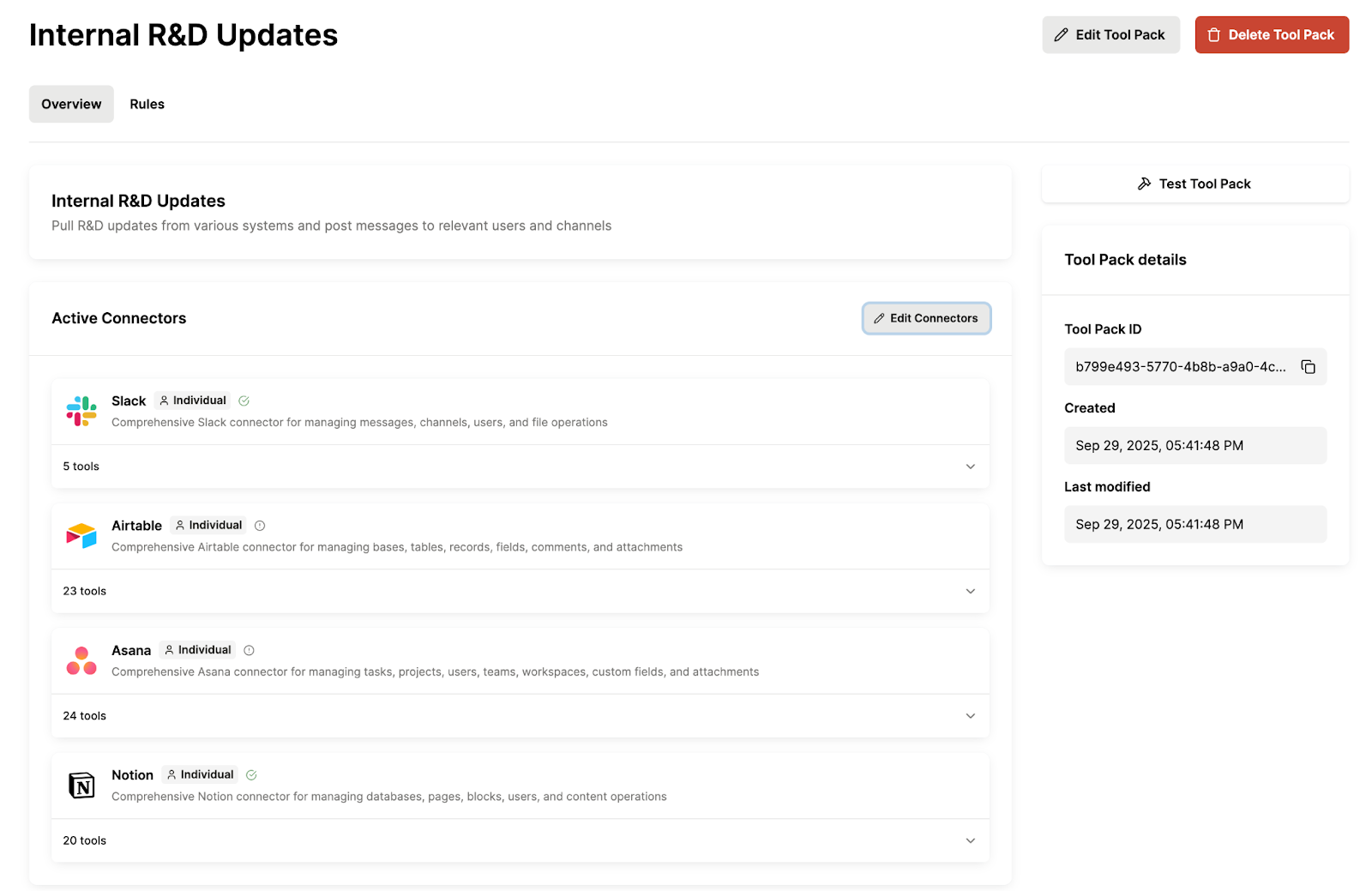
- Customizable rules: You can set rules that determine the data types your AI agents can’t share, have to redact when sharing, or can share but have to log when doing so. These rules can also be applied across agents, for specific connectors and tools, in certain regions, among other dimensions
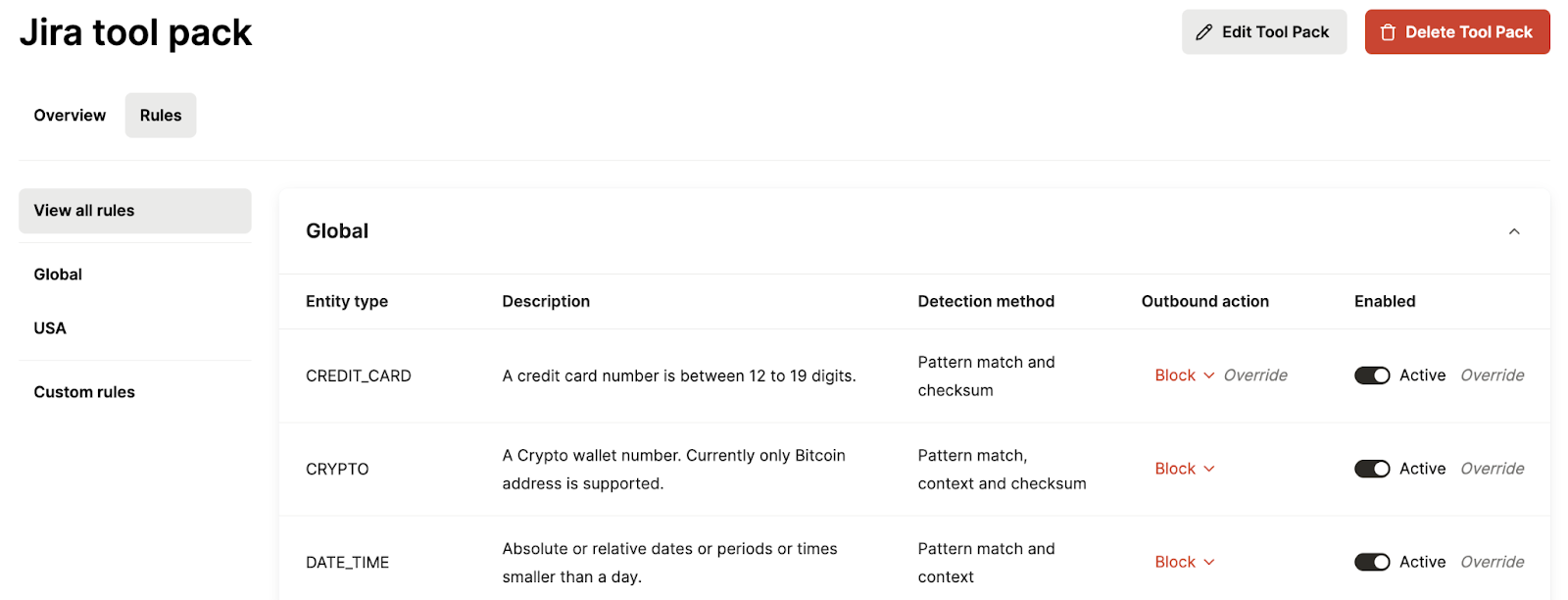
- Rule violation alerts: You’ll get visibility on the rules that were violated, along with helpful context on each violation—like the associated connectors and tools
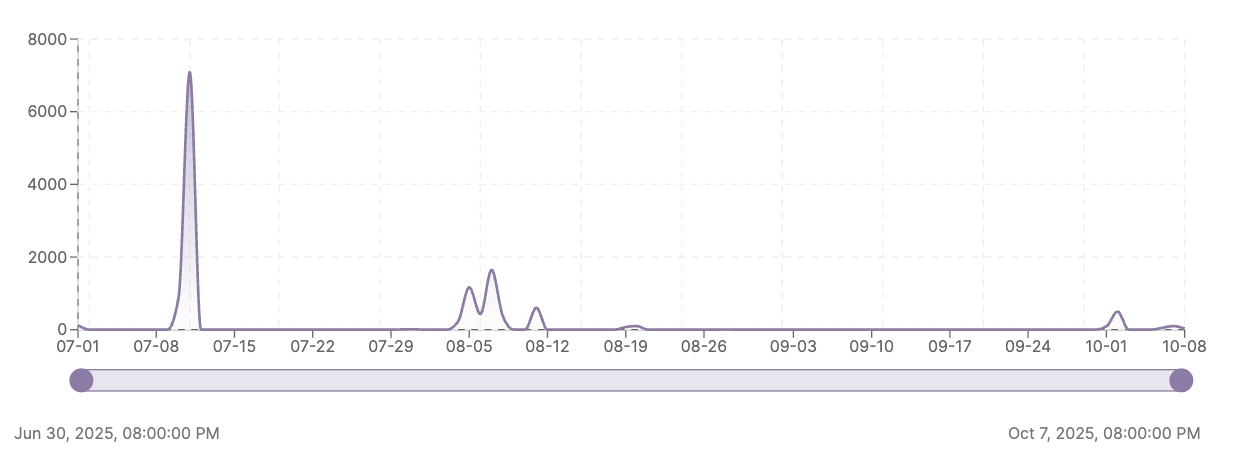
- Audit trail: Track all of the actions your employees take, from the tools they add to the tests they run to the connectors they create

Related: The best AI agent authentication tools
Pros of using Merge Agent Handler to manage your AI agents
- Comprehensive management features and capabilities: Merge Agent Handler offers everything you need to manage your AI agents’ tool calls. This lets you avoid investing in multiple AI agent management tools, building your own tooling in-house, or using a single solution with key feature gaps
- Proven success with cutting-edge AI companies: Leading AI companies trust Merge Agent Handler to manage their AI agents—such as Perplexity.
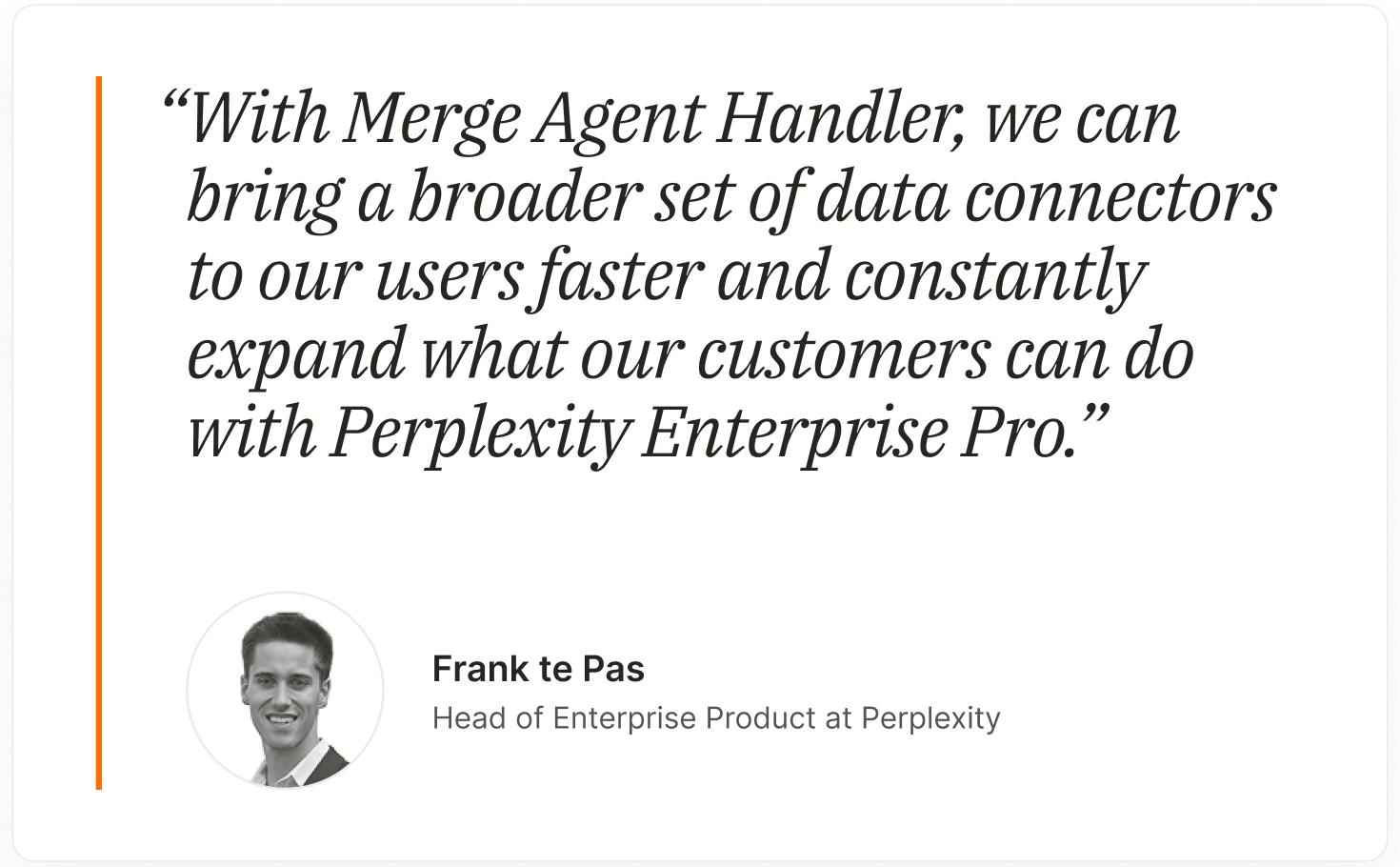
- Supports the full integration lifecycle: Merge Agent Handler also lets you connect your AI agents with thousands of enterprise-grade tools across dozens of MCP servers. And you can test any tool call before pushing the tool to production to confirm your agents respond to every potential input appropriately
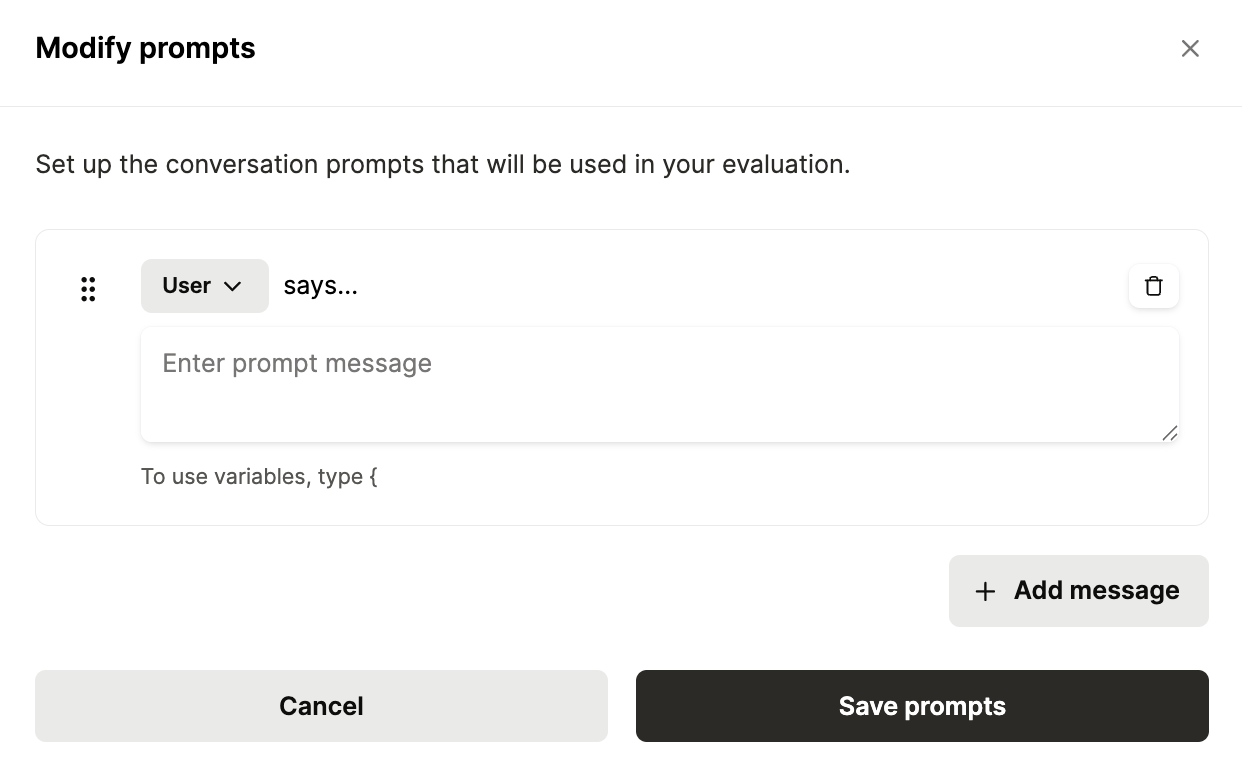
{{this-blog-only-cta}}
Composio
Composio lets you connect your agents to thousands of tools and observe the tool calls through a variety of features and functionality.
Top features:
- Tool call logs: For every tool call an AI agent makes, Composio provides details like the timestamp of the call, the tool that was invoked, the data passed to the tool, and whether the call was successful or not
- Customizable authentication support: You can use a variety of auth methods (i.e., OAuth 2, API keys, basic auth), scopes to control the data your agents can access and actions they can take, and configure or revoke credentials at runtime to provide fine-grained, least-privilege access control for each agent
- Centralized dashboard: You can get broad full visibility into your active AI agents. This includes seeing which ones are running, what tools and permissions they have, when and how they’re executing actions, and more
Related: How to decide between n8n and Composio
Pros of using Composio to manage your AI agents:
- Offers broad management capabilities: Like Merge Agent Handler, you can observe your AI agents and detect and troubleshoot issues quickly
- Provides role-based access control: You can prevent harmful activities on any agent by assigning users in Composio with specific, customizable roles
- Delivers enterprise-grade support: While it depends on the plan you're on, higher-tiered plans (particularly their “Enterprise” plan) allow you to get direct access to their team via Slack and even have a custom SLA. This can help you get any potential issues resolved for any tool call quickly and with minimal impact on end-users
Cons of using Composio to manage your AI agents:
- Features are code-based and complex to adopt: Unlike Merge Agent Handler, many of Composio’s features, including those for managing agents, are exposed through SDKs, APIs, and JSON schemas rather than polished UI dashboards
- Doesn’t support setting custom rules: You can’t set rules that dictate how your agents interact with and use specific data types; this prevents you from having full control over your agents’ behaviors and getting alerts when those rules aren’t followed
- There isn’t a built-in tool tester: You can’t easily test your tools before pushing them to production. This can introduce a variety of issues across your agents once they begin invoking them
- Lack of enterprise validation: Composio only has a handful of customer success stories, and nearly all of them are with relatively early stage companies. This suggests that their management features aren’t fully battle tested and may not be able to support complex, enterprise-scale agentic deployments
Related: Top Composio competitors
Zapier
Zapier MCP lets you securely connect your AI agents to thousands of apps through Zapier’s existing connectors. Each app’s actions can be exposed as callable tools within your agent’s environment, allowing the agent to execute real workflows via Zapier.
Top features:
- Compatible with various AI applications: You can use Zapier MCP within an AI app your team already works in, like Cursor or Claude
- Tracking tool activities: You can see when a tool is invoked, by whom, and the outcome of the call in a visually intuitive interface
- Customizable connectors and tools: Your team can potentially add to Zapier MCP’s existing tools and connectors to ensure they meet your agents’ use cases
Pros of using Zapier MCP to manage your AI agents:
- Available to every Zapier user: You don’t have to sign up for an additional plan to begin integrating agents with Zapier’s connectors, using the available tool calls, and monitoring their actions
- Lets you track your agents’ actions: Zapier MCP’s History tab shows each tool action with timestamps, tool name, input values, and outputs. You can even filter by individual tools to review specific actions more closely
- Get full visibility into your team’s activities: You can see when team members create, update, or delete Zapier MCP servers, as well as when they add, remove, or modify connected tools. This helps you monitor configuration changes and maintain compliance
Cons of using Zapier MCP to manage your AI agents:
- In Beta: While “Beta” is vague, it can mean that their tools haven’t been fully tested and validated, their monitoring features are shallow and prone to breaking, and their servers aren’t fully secured
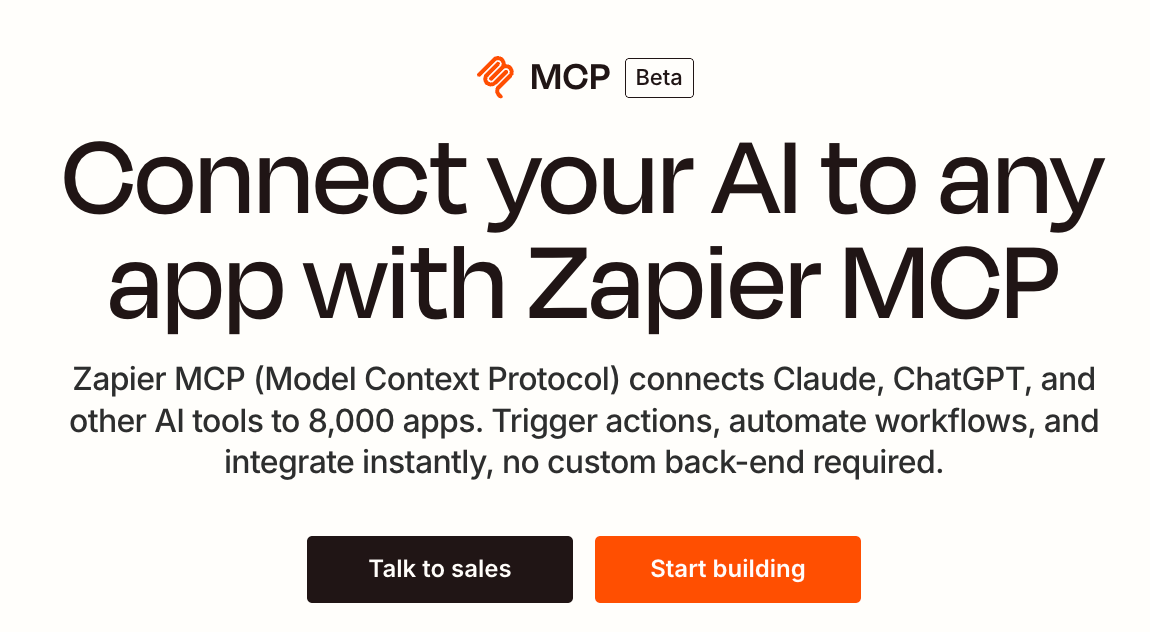
- Heavy focus on other products: Zapier MCP is just one of many products Zapier provides, and it’s currently a low-revenue, experimental offering. As a result, Zapier isn’t likely to allocate the engineering resources necessary to keep improving Zapier MCP's management features and functionality at the rate you need
- No customizable policy enforcement functionality: You can’t establish rules that dictate the data types your AI agents can access and share across—or for specific—tools
{{this-blog-only-cta}}
FAQ on agent management platforms
In case you have any more questions on agent management platforms, we’ve addressed several more below.
How do AI agent management platforms handle security and compliance for enterprise deployments?
The majority of agent management platforms comply with data protection regulations like GDPR and HIPAA, and pass annual security audits like SOC 2 Type II.
In addition, some platforms offer advanced security features:
- Fine-grained user roles: They can offer several user roles out of the box as well as let you create custom ones. This helps prevent any potential security incidents from your team and gives your admin(s) complete control over how your agents are managed
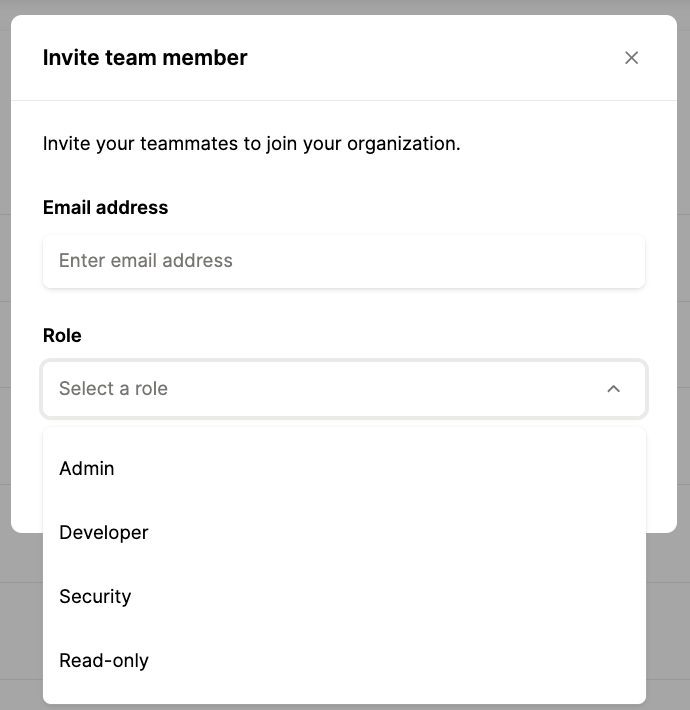
- Audit trails: They can help you spot the activities your users take on agents, when they take them, where they take them from, and more to help your admin and security team troubleshoot and address potential issues
- Grouped connector and tool access: They can allow you to bundle connectors and tools for a specific agent use case (e.g., routing leads), and make the bundle available to the teams involved in the workflow
- Fully-searchable logs: They should provide server logs that include all of the pertinent details your team needs to find, diagnose, and address potential security issues associated with tool calls
- Customizable alerts: They should enable you to build alerts based on suspicious activities from agents, such as an agent sharing an employee’s social security number or a customer’s credit card information
Can business teams manage AI agents without heavy technical resources?
While it depends on your team’s agentic use cases and the platform(s) you use, the answer is likely yes.
Most AI agent platforms are designed with no-code/low-code interfaces that help business users integrate and monitor agents with minimal engineering support.
That said, it’s often worth having individuals with a background in APIs involved, as many of your agents’ tool calls trigger outbound API requests. These individuals will be best positioned to observe and potentially troubleshoot any API connection issues.
What deployment options are available for AI agent management platforms?
Like many categories of SaaS platforms, agent management tools may offer flexible deployment models, including cloud, on-prem, and hybrid architectures.
- Cloud deployments allow the platform to handle agent orchestration, monitoring, versioning, and scaling automatically. This is ideal when your agents rely on cloud-based tools and need elastic compute for high-volume workloads
- On-premises deployments are better when agents process sensitive internal data, connect to systems that never leave a private network, or need to operate within strict regulatory boundaries. In other words, running an agent management solution on-prem gives you full control over data flow, tool access, and execution environments
- Hybrid models let you keep agent execution or sensitive tool connectors inside your environment while leveraging the cloud for higher-level orchestration, logs, analytics, or model hosting. This gives teams the ability to maintain compliance for critical data paths while still benefiting from cloud-scale compute for AI reasoning and coordination
What are some real-world use cases for AI agent management platforms?
Telnyx, which offers market-leading voice AI agents, uses Merge Agent Handler to connect to 3rd-party MCP servers like Greenhouse, Zendesk, and Salesforce, as well as observe the tool calls to ensure they’re performing as expected.
Similarly, Perplexity uses Merge Agent Handler to help users on Perplexity Enterprise Pro retrieve information from, and perform actions within, various third-party systems. In addition, Merge Agent Handler allows Perplexity’s team to preserve high standards of data security.
What are some additional platforms that can manage AI agents?
You’ll find several platforms in the market that can, to some extent, manage AI agents.
However, most of these platforms are either highly specialized or built for other parts of the agent development lifecycle.
For example, many AI platforms are purpose-built for building and orchestrating agents, such as CrewAI; while others specialize in specific verticals, like Devin AI, which focuses on supporting engineering workflows.



.png)
.png)


.png)
.png)

